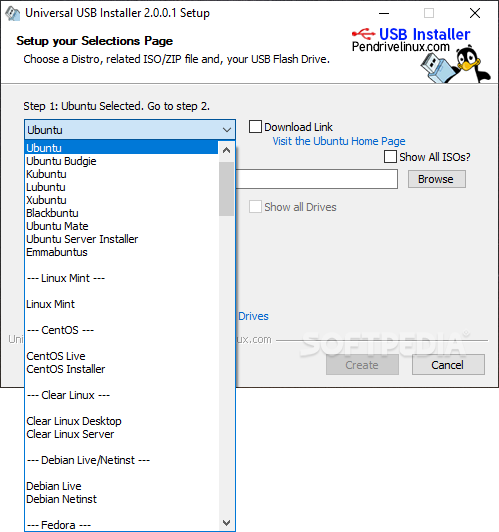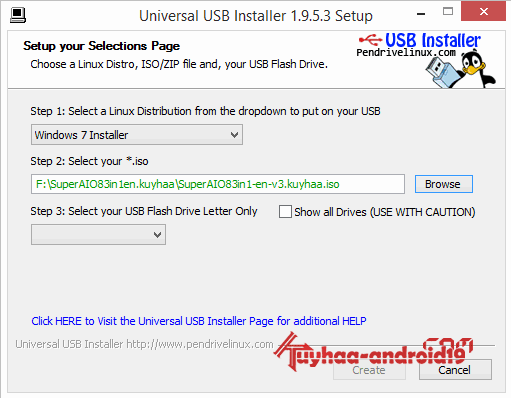

If you want to modify the system for some purposes (e.g., debugging), select 'Yes'.

Note you can install Android-x86 to an external disk like USB drive. You can choose an existing partition to install Android-x86, or you can create or modify partitions by choosing 'Create/Modify partitions'.

After seconds of booting, you will see a partition selection dialog.Boot from the Android-x86 installation CD/USB, choose the 'Install Android-x86 to harddisk' item, as shown below:.Burn the iso image to cdrom, or create a bootable USB disk (recommended).Usually you should just use the latest image. Download an iso image from a mirror site.See the Advanced Section for more details. In particular, you can install Android-x86 to an NTFS filesystem to co-exist with Windows. We have implemented a text-based easy installer to help install Android-x86 to a hard drive.


 0 kommentar(er)
0 kommentar(er)
